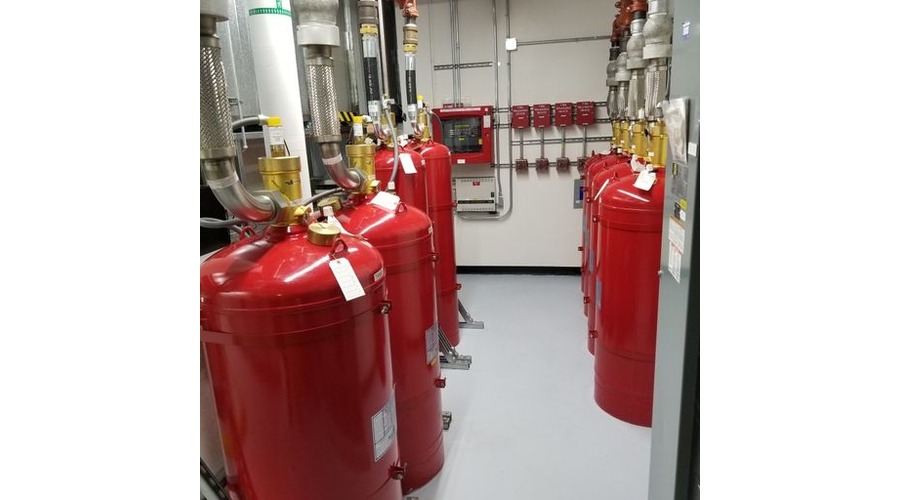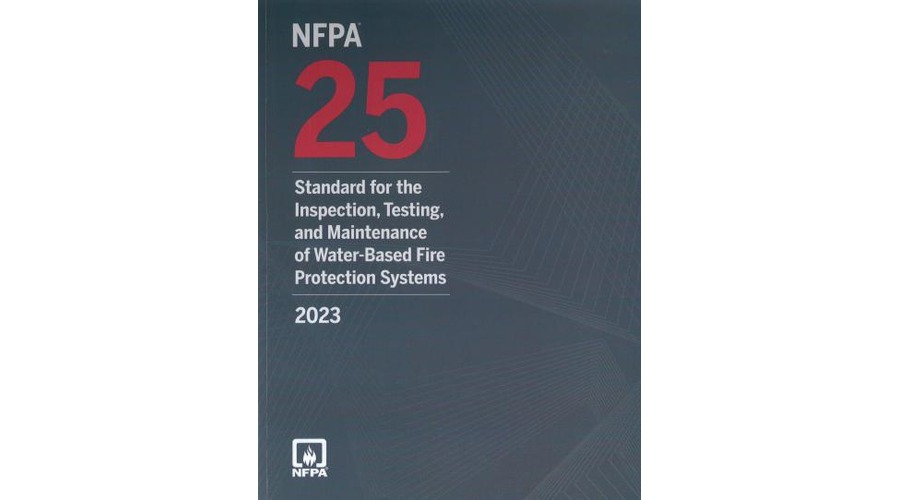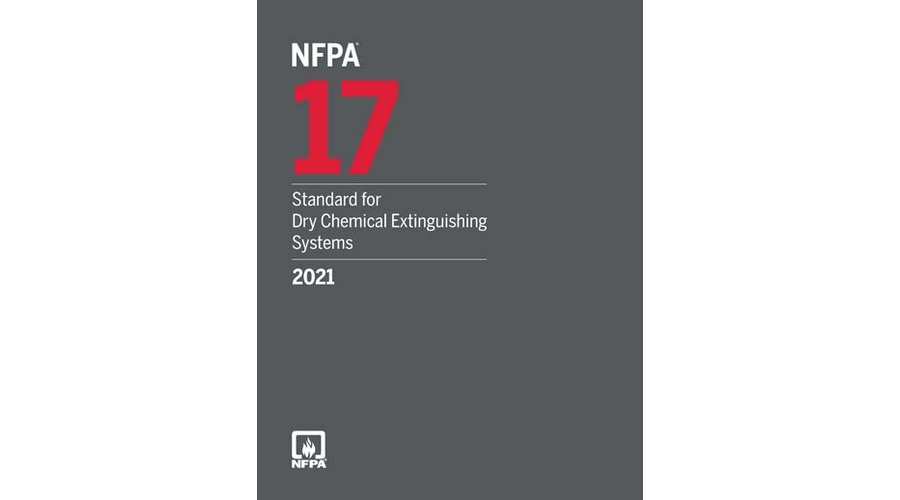

Fire Hydrant Colors Code:
Why Fire Hydrants Are Different Colors?
Introduction :
Pop culture has trained us to think all fire hydrants are red, but that simply isn’t the case. In fact, red isn’t even the standard color for fire hydrants, as suggested by the National Fire Protection Association (NFPA). Fire Hydrant Colors aren’t just stuck to a single standard color like the movies would suggest. The NFPA Fire Hydrant Color Code gives color to hydrants and each one represents something different, and these colors make them easy to know exactly what they do. These colors are crucial for fire hydrant service because they help firefighters and maintenance crews quickly identify the hydrant’s water flow capacity and ensure the right equipment is used during an emergency.
Fire hydrants come in all sorts of colors, and that decision isn’t an arbitrary one.
Why Fire Hydrants Are Different Colors
While many might just assume the difference in fire hydrant colors is simply an aesthetic choice, there is actually some reasoning behind it. Public fire hydrants are classified according to their flow by both the American Water Works Association and The National Fire Protection Association’s guide for fire hydrant markings and testing (or NFPA 291) and are suggested to be colored accordingly.
Fire hydrants are classified and color-coded according to their rated flow, measured in gallons per minute (GPM). Generally, the color-coding scheme only refers to the tops and nozzle caps, but the bodies can also feature different colors.
It should also be noted that these classifications and color schemes are only for public fire hydrants. It is suggested that private fire hydrants adopt a different scheme to avoid being mistaken for public ones.
Fire Hydrant Color Code
| Top and Nozzle Color | Class | Capacity (in gallons per minute or GPM) |
| Blue | Class AA | 1500 GPM or more |
| Green | Class A | 1000-1499 GPM |
| Orange | Class B | 500-999 GPM |
| Red | Class C | Below 500 GPM |
Higher-flow fire hydrants, like those in Class AA, are commonly found in commercial areas or places with dense populations—essentially in locations where fires have the potential to spread quickly. Class A fire hydrants, on the other hand, are more commonly found in residential areas.
Again, however, these color coding standards may differ by municipality. Some areas may already have a color scheme adopted or just choose not to adhere to the NFPA guidelines for one reason or another.
NFPA Fire Hydrant Color Code
Fire hydrants might always be red in the cartoons, but that isn’t the case in real life. In fact, NFPA 291 states that the body of all public fire hydrants should be chrome yellow. That is, unless another color has already been adopted as a standard by the community.
Again, this is why you might see fire hydrant bodies in yellow, chrome, or even some other color designed to match the tops and nozzle caps. Also, since this is a guideline and not a law. You may find that some communities do not necessarily adhere to these standards at all.
There is a lack of uniformity regarding fire hydrant color coding, but many municipalities have adopted the NFPA’s guidelines. Regardless of color scheme, coding fire hydrants has proven to be a useful system when it comes to maintenance, general use, and public safety.
Fire Hydrant Anatomy
Fire hydrants contain a nut or bolt that releases water in addition to access ports for fire hoses. These ports can attach directly to fire trucks. It enables them to actively divide the stream of water and facilitate the use of multiple fire hoses simultaneously.
Despite what many might think, the fire hydrant itself doesn’t control or alter water pressure. In other words, the fire hydrant itself simply acts as a valve that can be opened or closed. The pressure itself comes from below ground.
Essentially, fire hydrants are just above-ground pipe fittings that connect to an underground water line that typically taps into potable water supplies. Fire hydrants connect to the horizontal water line through a vertical riser that reaches just a few feet below ground.
Backflow Preventer For Fire Hydrants
Because most fire hydrants connect to potable water supplies, regular maintenance is required to ensure drinking water isn’t contaminated. Using backflow preventers for filling up fire truck tanks, for example, ensures that chemicals or non-potable water won’t contaminate the water supply.
Fire Hydrant Colors FAQ
Are Your Fire Hydrants Working?
Overall, NFPA Fire Hydrant Color Codes help keep things orderly and l play a crucial role in protecting property and saving lives by quickly letting trained professionals know what fire hydrant does what, in a quick manner. Having these hydrants functional help fire suppression be effective when you need it the most. If you find you need to upgrade or maintain your current hydrants, don’t hesitate to give us a call!




